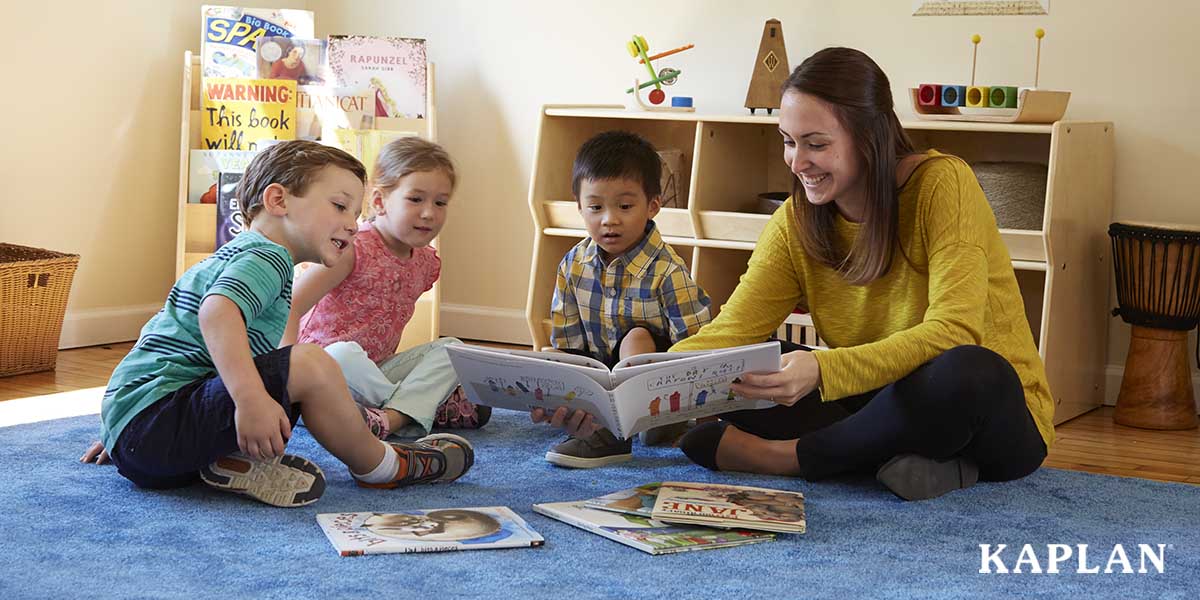Your classroom environment has the power to nurture or stifle the growth and development of young children.
As an early childhood teacher, it is your job to create a supportive classroom environment that makes children feel a sense of belonging, acceptance, and respect. When you meet the emotional needs of young children, they will flourish physically and academically.
Kaplan has been at the forefront of early childhood education for over half a century, developing resources and materials that combine the latest educational research and innovation. We want to foster supportive classroom communities so teachers like you can meet young children's physical, cognitive, and emotional needs.
The goal of a supportive classroom community is to create an environment that helps every child reach their full potential. As you read through this article, you will uncover four ways you can build a supportive classroom community and how this environment positively impacts the development of young children.

What is a supportive early childhood classroom community?
Children need to feel like they are an integral part of the world. According to the book Rethinking the Classroom Landscape: Creating Environments that Connect Young Children, Families, and Communities, a supportive classroom community fosters this feeling by giving children opportunities to demonstrate their competencies, practice leadership skills, and engage in collaboration and cooperation. A supportive classroom community should also incorporate elements from a child’s family and the local community to foster feelings of acceptance and respect.
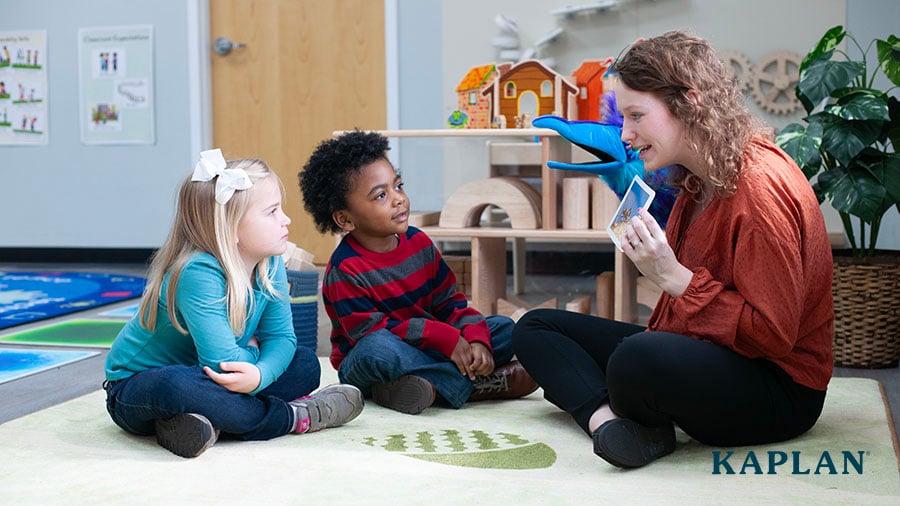
Four ways you can build a supportive community in your early childhood classroom.
A supportive classroom community requires four elements to be effective: trust, security, positive peer interactions, and family/caregiver involvement. Let’s explore these elements further.
1. Build trust with the children in your care.
A supportive community environment aims to make children feel like they are an important, valued voice in the classroom. One way to do this is by giving children the freedom to make their own choices – whether good or bad. Have children create classroom rules, expectations, and consequences for broken or followed rules.Giving children autonomy over their actions allows them to fully process and understand the resulting consequences. When they make good choices, you can reward them with a positive affirmation to encourage more of that same behavior in the classroom. When a child makes the wrong choice, actively listen to their side of the story so that you can offer solutions and alternate actions that will lead to more positive outcomes in the future.
Additional ways you can build trust with the children in your classroom are:
- Let the children name the various centers in your classroom
- Encourage children to use their imagination when playing with classroom toys and other materials
- Give children a special time to express their interests with the class (for example, including a 5-minute show-and-tell during circle time)
- Allow children to bring in materials from home that you can place in your classroom loose parts kit
- Organize your shelves and classroom materials so that children can easily find the toys they want to play with
2. Make children feel secure while they are in your classroom.
A supportive classroom community should add to a child’s well-being, security, and comfort. You can make your classroom feel more secure by creating a cozy area using pillows, cushions, and other natural items. This comfortable refuge provides children a place to rest when they feel overstimulated or need to remove themselves from challenging situations.
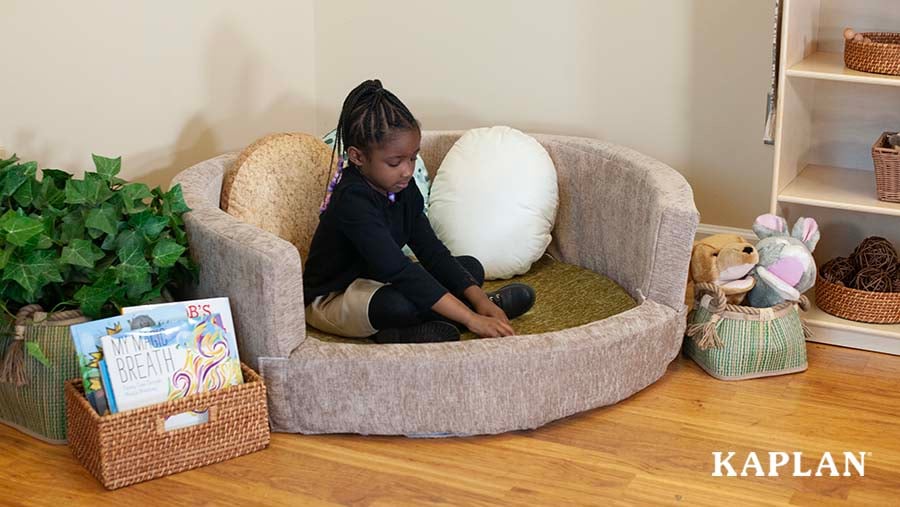
3. Encourage positive interactions and peer relationships.
Your classroom community should encourage children to interact with each other and form positive peer relationships. These relationships make children feel like they are an essential fixture in the classroom and that their presence positively impacts the group.
When assigning children to a center rotation, frequently switch the play groups so everyone can interact with new friends throughout the day. You can also incorporate a daily show-and-tell time where children can present a “fun fact” about themselves with the rest of the class. These “facts” create friendship bonds over shared interests and make those children sharing feel important and celebrated.
4. Incorporate family and culture in the classroom.
A supportive classroom community is accepting of all children as their unique, one-of-a-kind selves. Incorporating elements from a child’s culture can emphasize their acceptance in the classroom.
Classroom materials, books, and pictures are a great way to incorporate culture in the classroom so that children feel as though they have a place in the world. Including these items in the classroom helps other children learn to respect and understand different races, religions, and cultures better.
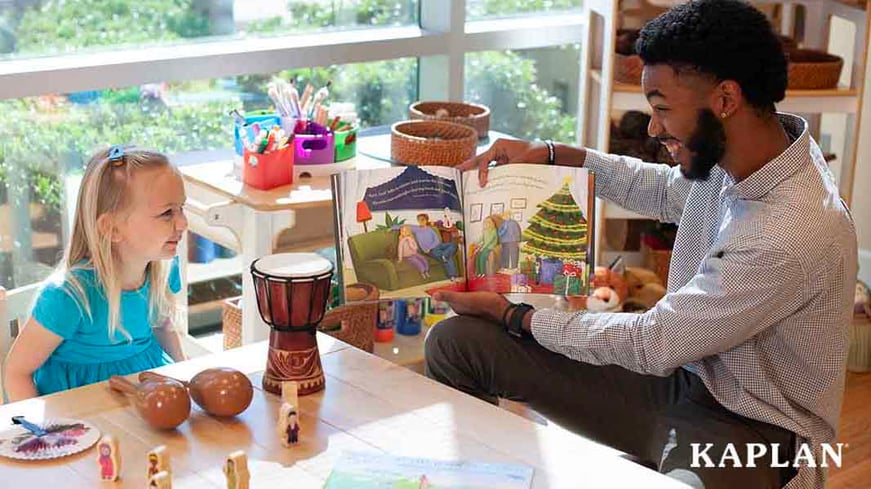
Activities that foster a supportive classroom community.
You can create a supportive community in your early childhood classroom in many ways. One way is by incorporating materials, books, and other items that represent individual children and encourage cooperative play. You can also incorporate the following activities in your weekly lesson plans.
Inspirational Word Cloud Wings
This bulletin board activity empowers children with words of encouragement and positive affirmations. Create a set of wings on your bulletin board and fill them with positive words and phrases. You can also ask the children to share their own positive words so they have a hand in creating this empowering bulletin board. Each day, you can read through the positive affirmations to help children believe in themselves and each other.
Kindness Color Mixing
You can encourage cooperation and creativity with the Kindness Color Mixing activity. Have children team up, and each paint their hands a different color. While working together, they can place their hands on a blank piece of paper to mix colors and create a wonderful work of art.
Only One You Rock Garden Activity
This rock painting activity will help children embrace their diversity and see that their differences are unique and something worth celebrating. Each child will paint their rock using colors and images that represent who they are. Once the paint is dry, children can share their rocks with the class. Afterward, you can place these rocks in a loose parts kit to solidify the idea that every child and their unique qualities are important in your classroom.
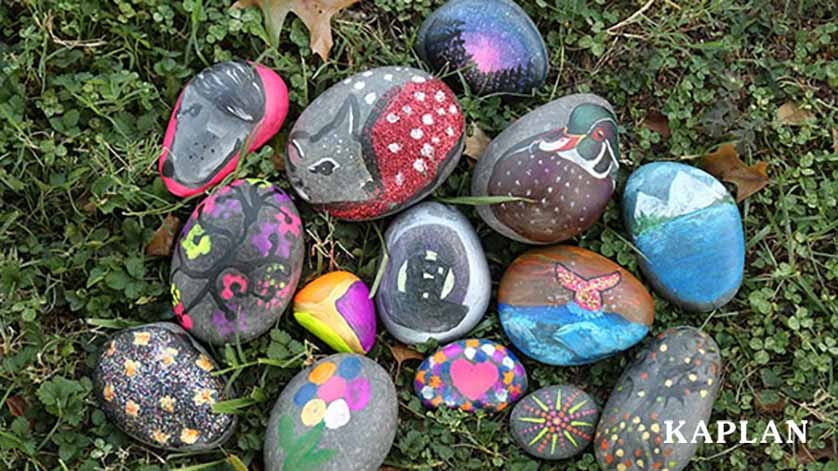
Start implementing these strategies in your classroom.
No matter how educational your lesson plans are, there is a limit to how much children will grow and develop without the right classroom environment. By implementing the strategies in this article, you can easily transition your early childhood classroom into a supportive community environment where children will flourish.
We love sharing resources that help early childhood professionals support age-appropriate development and nurture positive classroom experiences.
Subscribe to the Kaplan Learning Center and receive instant, weekly, or monthly email alerts featuring resources to help you foster child development, inspire creativity, and become a champion of play.
